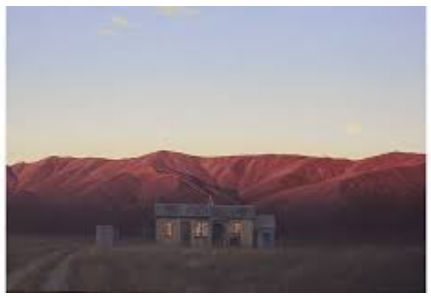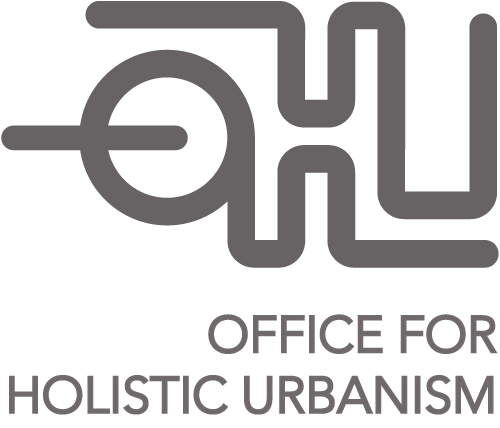Tool: Social Landscape Model
The social landscape model allows you to explore the tangible and intangible aspects of the social constructs that surround your project.
TOOL
Social Landscape
(Sometimes referred to as social architecture, social ecology, threefold corporate state/threefold social order)
The social landscape model provides a framework to holistically look at the context within which your project or idea sits. Questions within this model are outlined below Conceptually, Rudolph Steiner’s model of ‘The three-fold social order’ (used widely amongst Land Trusts in New Zealand and overseas), is synergistic with this model. He describes three sphere’s that continue to shape our collective identities:
- Political/Social or ‘Rights Sphere’ is where the government and stakeholders maintain equal opportunities, follow societal rules and looks at conflict and social reform as they are reflected in people's daily lives.
- Environmental or ‘Economic Sphere’ considers the relationships between meeting humans need from their physical landscapes and animal kingdom while meeting the needs of all beings on the planet.
- Cultural Identity or ‘Cultural/Liberty Sphere’ addresses the ongoing issues faced by indigenous and immigrant peoples in our countries and addresses the right to express cultural, artistic, religious or alternative education perspectives.
These sub-sections or spheres are independent of each other but need to operate inter-dependently recognising the strengths that each section brings ensuring that one does not dominate the other.
When we look at the Social landscape model from a practical perspective, an image from the Central Otago painter, Grahame Sydney, helps to frame this. Imagine that your idea or project sits within the building in the centre of the image.
What is in the picture for you?

"Moonlight at the Shearers Kitchen" by Graeme Sydney
Look at the immediate picture and then zoom out to the wider landscape, what and who are in the wider landscape and outside of the picture that you can't see?
By placing your project in this landscape who is impacted and in what way?
What benefits does this project bring to the social landscape? and what negative impacts will need to be identified, minimised or removed?
What other people and other organisations who are on the land immediately around your project and the wider areas?
What are the obvious and intangible factors that you need to be aware of at the level of those people and organisations in close proximity to your project/idea? What relationships need particular care?
What governing policies do you need to be aware of at a social, political, economic and cultural level?
What is the history of the ‘land’? What has been tried before? What cultural stories are relevant to your physical location?
If your project was a person how does it feel, what does it think, how does it behave?
How will you allow the past and future communities in your social landscape to meet and move forward together?
Where are the opportunities for meaningful connections, co-creation and mutual benefit?
Do all stakeholders involved in your project have equal opportunity to social development opportunities, shared equity?
If you would like help in delving into these questions more or defining your social landscape, your project's impact and reach and how it interacts with public entities contact Ohu to start the conversation with our field experts. See also other services and packages provided by Ohu, such as Building Strong Social Foundations and Keeping People and Communities at the Centre of Your Project.
